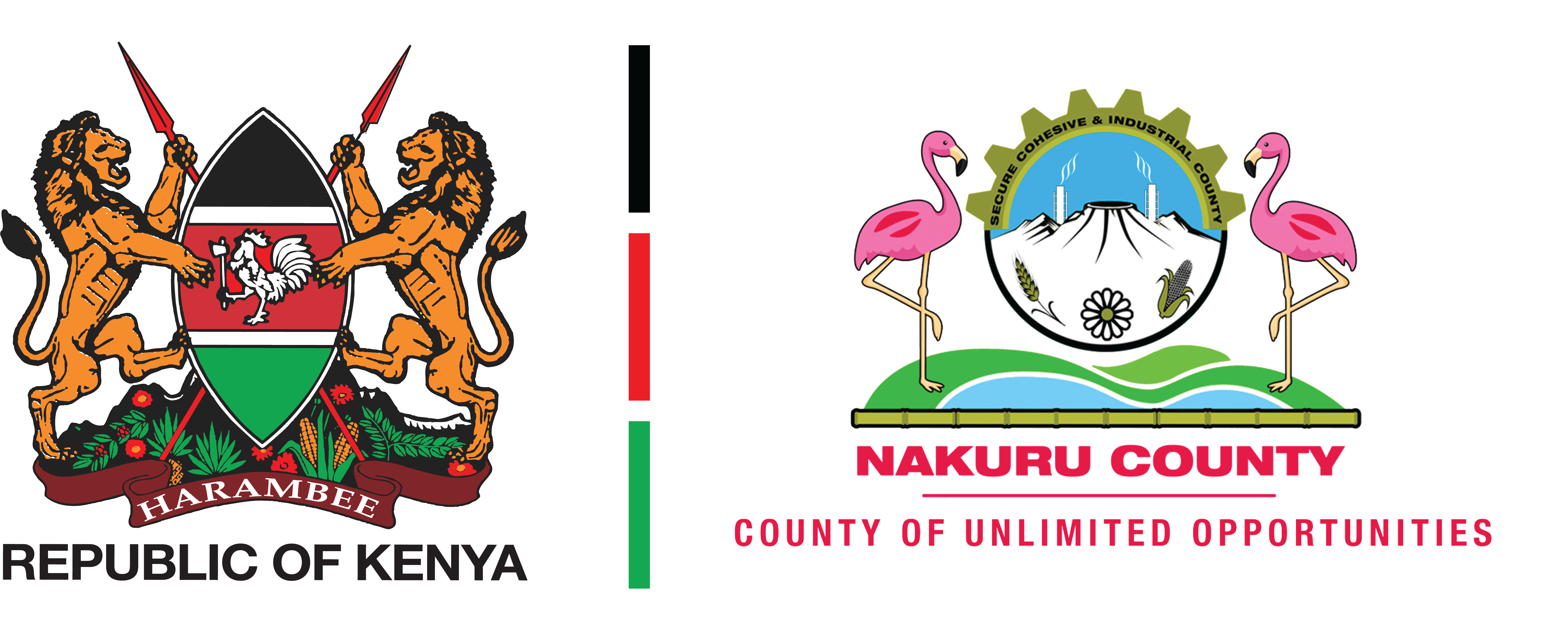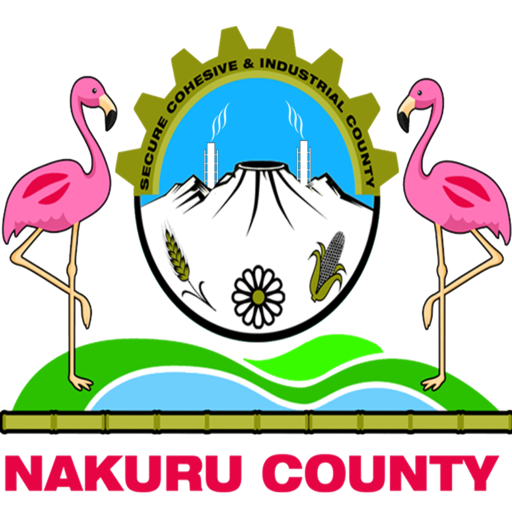
A Brief History of our County
Before colonialism, the region that is now Nakuru County was predominantly inhabited by pastoralist communities, including the Maasai and Kikuyu. The fertile highlands and the presence of Lake Nakuru made the area ideal for grazing and agricultural activities.


Key Historical Milestones
Before the railway arrived, Nakuru was a sparsely populated area dominated by open grasslands and volcanic landscapes, primarily inhabited by pastoralist communities like the Maasai, who used the fertile plains for grazing.

1899
Kenya-Uganda Railway reached Nakuru
The construction of the Uganda Railway reached Nakuru, a pivotal moment that transformed the town. Nakuru became a key stop along the railway, facilitating trade and settlement by European settlers. It attracted many British colonists who established farms and businesses.

1904
Growth as a Railway Town
Nakuru was officially established as a town due to its strategic location along the railway, making it a central hub for agricultural products. During this period, the town became an administrative and commercial center for the British colonial government.

1952
Nakuru Becomes a Municipality
Nakuru was declared a municipality, a key milestone in its urban development. The municipality status brought more organized urban planning, infrastructure development, and governance under local authorities. During this period, the town grew rapidly and became a popular residential area for settlers.

1963
Kenya gained independence
Kenya gained independence, and Nakuru, like other parts of the country, saw a shift in governance. Land reforms were introduced to redistribute land that had previously been owned by European settlers.

1960s-1980s
Agricultural town
Nakuru continued to expand, becoming one of Kenya’s leading agricultural towns due to its rich agricultural hinterlands. It also became a stronghold for political activities, with prominent figures like President Daniel Arap Moi having close ties to the town.

2010
Nakuru County
Under Kenya’s new constitution, Nakuru was transformed into a county as part of the devolved system of government. This change allowed more autonomy in local governance and spurred economic and infrastructural growth.

2021
City Status
Nakuru was officially elevated to city status, becoming Kenya’s fourth city after Nairobi, Mombasa, and Kisumu. This elevation marked a significant development in the county's history, boosting its infrastructure, governance, and overall stature as a key urban center in Kenya.
in our county
region covers
productive land
Fiscal Year 23/24
Latest Publication
The news about recent activities for needed peoples.
Connect With Us
Useful Links
County News & Updates
The latest news, articles, and resources, sent straight to your inbox.




